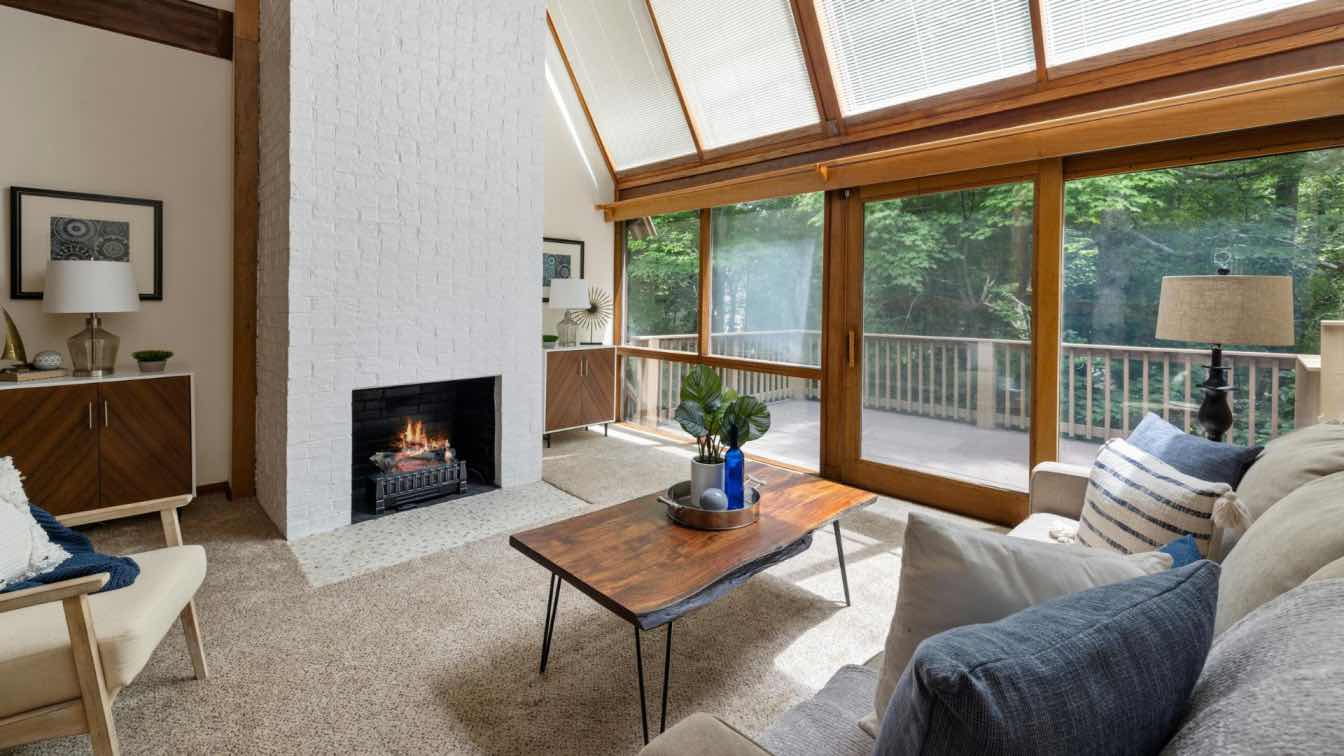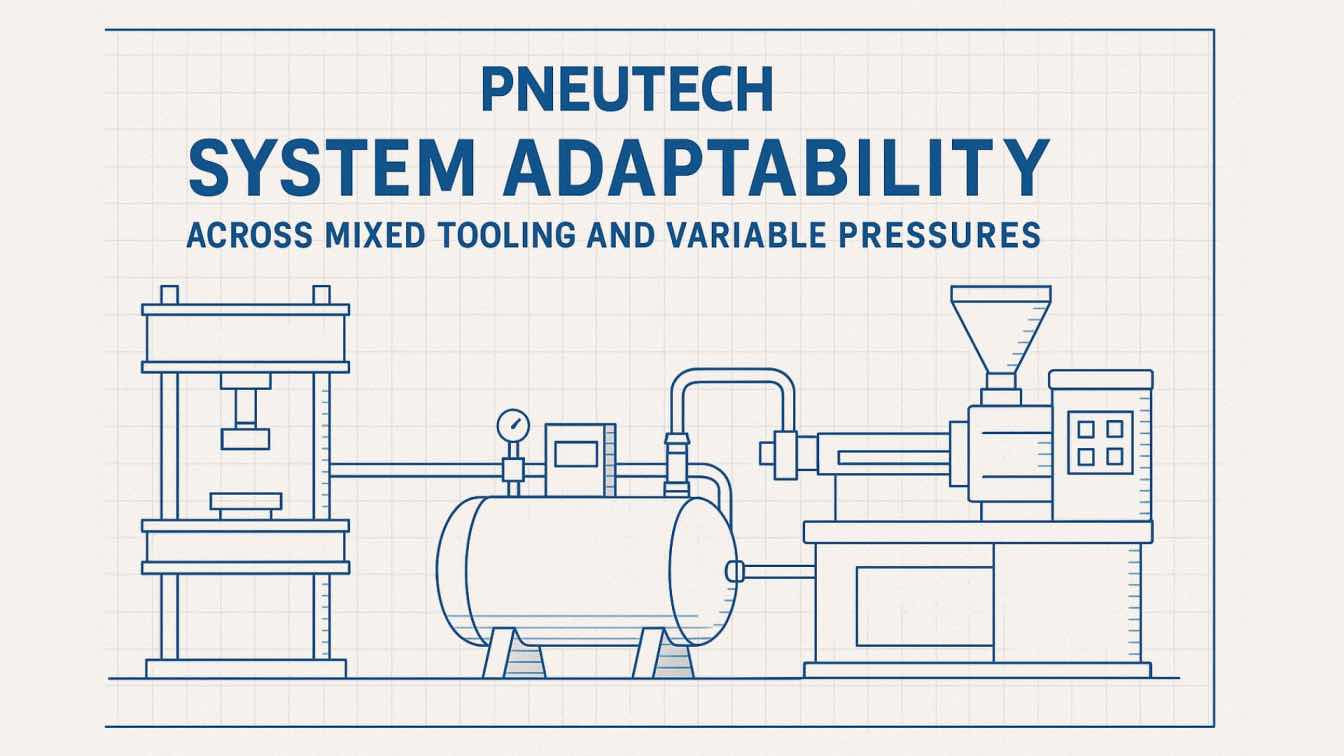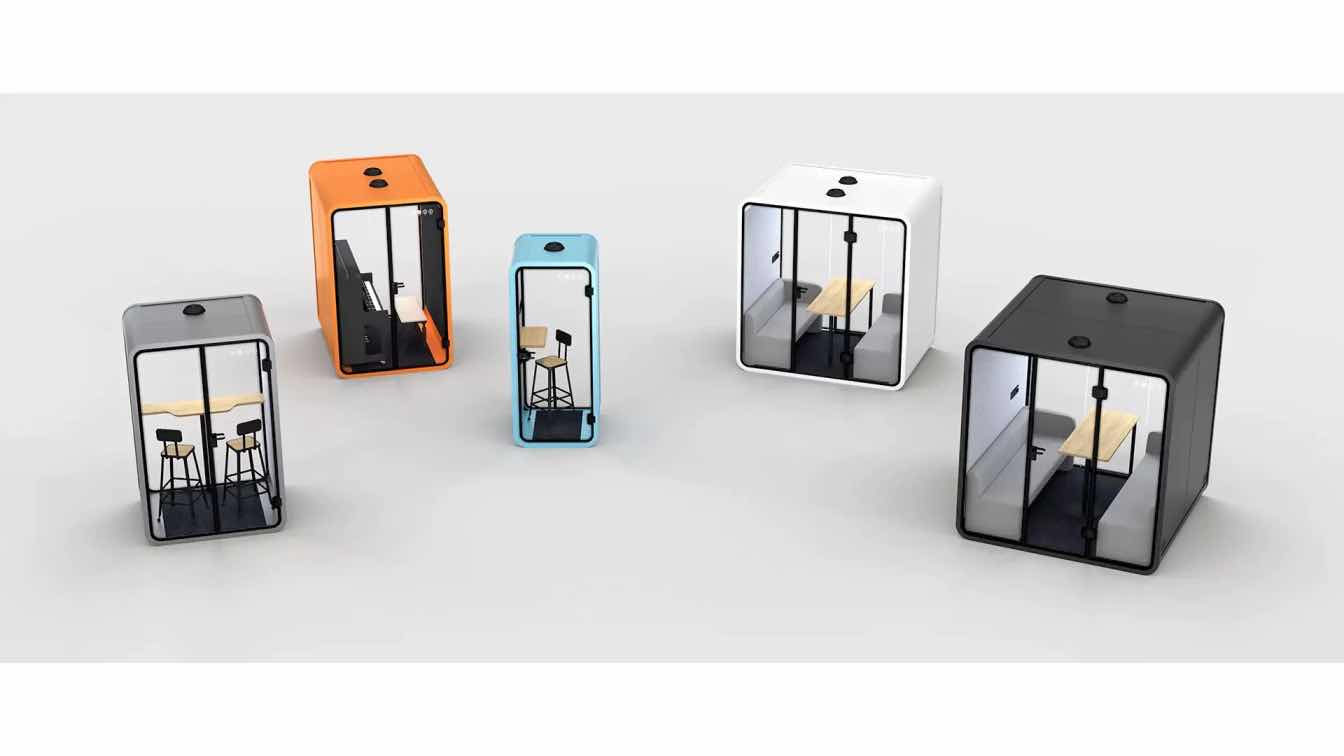Good design does more than delight the eye — it can directly impact your bottom line. Homes with high-quality architectural design can sell for over 25% more than comparable properties without. But the value of thoughtful architecture goes far beyond the sale price.
Before you make any real estate decision, consider how the property's architecture will affect your life or your tenant's experience. The hidden ROI of good design goes far beyond the initial price tag. By considering neuroarchitecture, you can maximize value while creating spaces that nurture the mind.
Functions of Good Design
Green building certifications can increase asset value by up to 7.5%. Sustainable design principles don't just benefit the environment — they provide spaces where people thrive. Other studies revealed that students with more daylight in their classrooms performed better academically.
The spaces you inhabit have the power to drain or energize you. Ceiling height, color palettes, and incorporation of natural elements all influence our emotional state. Rooms with higher ceilings feel more open and relaxed, while low ceilings can feel stuffy and oppressive. Biophilic elements, like plants, water features, and natural materials, reduce stress and enrich our experience.
The thoughtful use of color in both the interior and exterior design can shape how we experience a property on a subconscious level. Warm hues like reds, oranges, and yellows stimulate and energize. Cooler hues like blue and green have been shown to lower heart rate and blood pressure.
Thoughtful architecture considers how all these aspects work together to create welcoming, uplifting spaces. Subtle factors like hallway width, window placement, and even scent can work together to create spaces that feel good on a deep, neurological level. Considering these less obvious but impactful elements will lead to smarter investments and happier homes.
Architectural Styles and Their Emotional Impact
Architecture has the power to influence our emotions in subtle yet profound ways. Studies in environmental psychology have explored how different architectural styles can evoke different feelings and associations in people.
Design elements like curves, symmetry, and natural materials can make a big difference in our perceptions. Research shows that people find curved and rounded shapes more pleasing and relaxing than sharp angles. Symmetry is associated with balance and order, which can feel calming. Natural materials like wood and stone often feel warmer and more inviting than steel and concrete.
Minimalism, marked by open space, clean lines, and lack of clutter, can reduce stress and help people focus. However, taken too far, it may also come across as sterile or impersonal if not balanced with some warmth.
Luxurious materials like marble and ornate geometric shapes found in Art Deco architecture can evoke a sense of optimism and prosperity. This style became popular during the roaring 1920s, reflecting the wealth and excitement of the era.
On the other hand, Victorian architectural styles with their intricate details, bold colors, and soaring ceilings can make people feel a sense of grandeur. But some find it overly ornate, dark, or confining. It highlights how personal experiences and cultural associations also shape our emotional reactions.
Being mindful of architecture's emotional impact allows designers to create spaces that uplift, inspire, soothe, or energize as needed. Subtle tweaks to lighting, layout, materials, and details can make all the difference in how people experience a space.
Where Architecture Adds Value
Developers and investors realize the power of thoughtful architecture to revitalize communities and boost property values. This phenomenon dubbed the Bilbao Effect after the success of the Guggenheim Museum Bilbao, demonstrates how eye-catching buildings can transform neighborhoods.
For example, the redevelopment of London's King's Cross district with cutting-edge structures by top architects has made it one of the city's most desirable places to live and work. Innovative architecture is more than just aesthetics. It's a worthwhile investment that generates tangible returns.
Thoughtfully designed buildings:
- Appreciate over time.
- Attract premium rents from quality tenants.
- Contribute to a vibrant community.
For developers and investors considering new off-plan projects in Dubai, it's critical to consider architecture's financial impact when making decisions. Prioritizing good design isn't just about curb appeal — it's a strategic choice that pays dividends.
In Conclusion
A thoughtfully constructed environment considers the physical and psychological needs of its inhabitants. Good design is more than what is visually appealing — it is what fundamentally supports people to live, work, and thrive.





